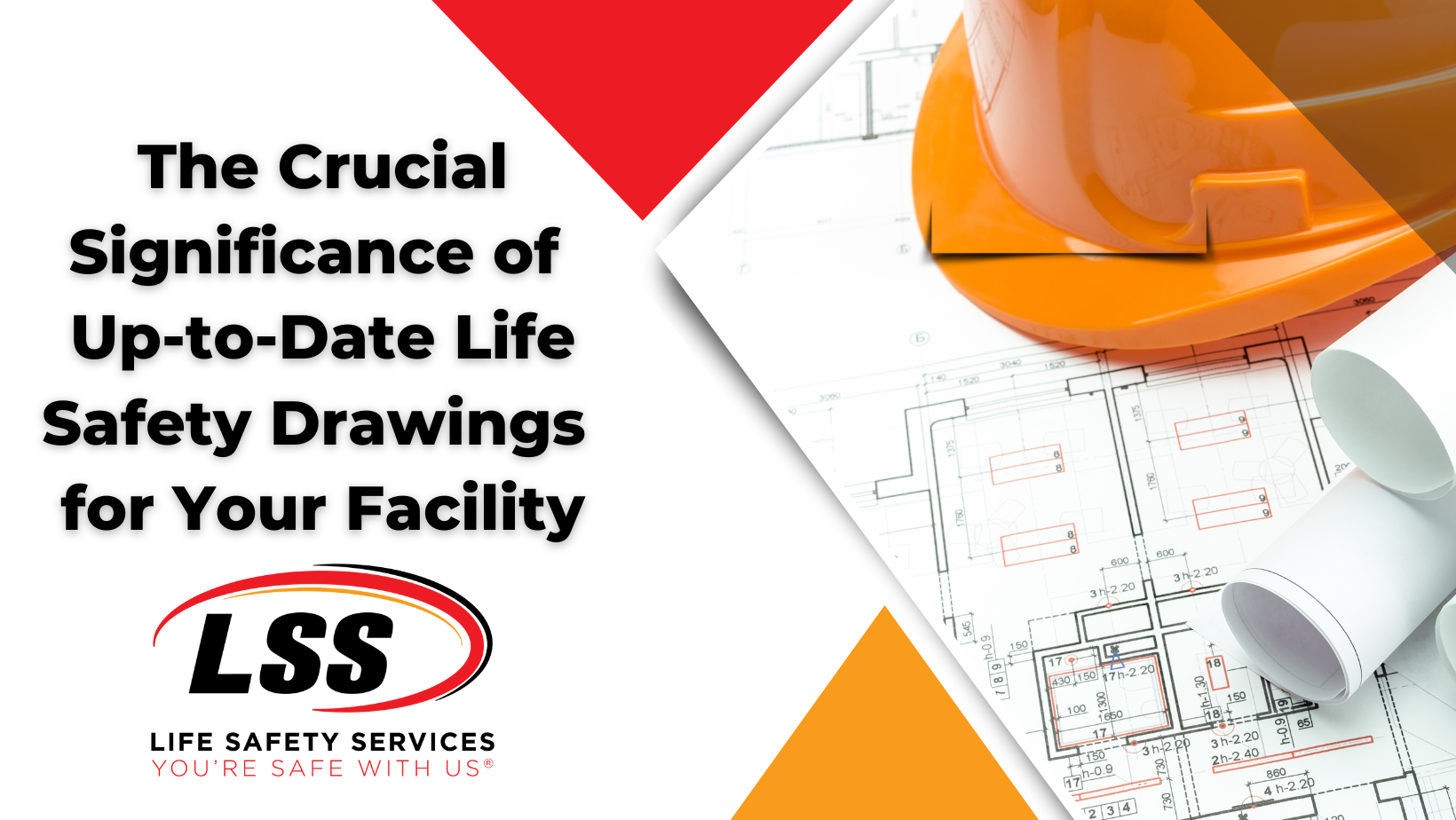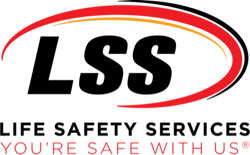
In today's rapidly evolving world, the importance of safety cannot be overstated, particularly when it comes to protecting lives and property within various facilities. Whether it's a commercial building, a manufacturing plant, or a healthcare facility, having accurate and up-to-date life safety drawings is of paramount importance. These comprehensive plans serve as an essential tool in ensuring the safety of occupants, assisting emergency responders, and maintaining compliance with regulatory standards. These are some significant reasons why facilities must prioritize the maintenance and accessibility of the most up-to-date life safety drawings.
-
Enhanced Emergency Preparedness: Life safety drawings provide invaluable assistance during emergency situations. They offer a comprehensive overview of the facility's layout, including exit routes, fire protection systems, hazardous material storage locations, and emergency shut-off valves. By regularly updating these drawings, facilities can ensure that they accurately reflect the current state of the building, enabling emergency responders to swiftly navigate the premises and make informed decisions. Such readiness can significantly reduce response time, minimize potential risks, and save lives.
-
Regulatory Compliance: Compliance with building codes and safety regulations is a fundamental responsibility for any facility. Life safety drawings play a pivotal role in demonstrating compliance during inspections and audits. Authorities, such as fire departments and regulatory agencies, rely on these drawings to assess whether a facility adheres to the required safety standards. Outdated or inaccurate drawings can lead to compliance issues, fines, or even legal consequences. By maintaining up-to-date life safety drawings, facilities can ensure they meet the necessary regulatory requirements and operate within the bounds of the law.
-
Effective Facility Management: Life safety drawings serve as an essential reference tool for facility managers and maintenance staff. They provide valuable insights into the infrastructure and systems in place, facilitating routine maintenance, repairs, and upgrades. By regularly updating these drawings to reflect any modifications or additions, facility managers can efficiently plan maintenance schedules, identify potential issues, and optimize resource allocation. This proactive approach helps prevent incidents, ensures the continuous operation of safety systems, and prolongs the lifespan of critical infrastructure.
-
Occupant Safety and Awareness: The safety of facility occupants is a top priority. Life safety drawings contribute to creating a safe and secure environment by helping occupants understand emergency procedures, evacuation routes, and the location of safety equipment. By keeping these drawings up-to-date, facilities can provide occupants with accurate and reliable information, empowering them to make informed decisions during emergencies. This increased awareness promotes a culture of safety, minimizing panic, and fostering a sense of confidence and security among occupants.
-
Streamlined Renovations and Expansions: As facilities evolve and undergo renovations or expansions, accurate life safety drawings become indispensable. These drawings provide essential information for architects, engineers, and contractors, enabling them to assess the impact of proposed changes on existing safety systems. By incorporating the latest updates into the drawings, the design and construction process can be streamlined, ensuring that new additions align with existing safety measures and comply with regulatory standards. This comprehensive approach reduces potential risks associated with modifications and helps maintain a high level of safety throughout the facility.
In the realm of facility safety, the significance of up-to-date life safety drawings cannot be overstated. They act as a critical tool in emergency preparedness, regulatory compliance, effective facility management, occupant safety, and streamlined renovations. By investing in the regular maintenance and accessibility of these drawings, facilities can safeguard lives, protect property, and demonstrate their unwavering commitment to safety. Keeping pace with technological advancements and industry standards, it is vital for organizations to recognize the importance of maintaining accurate and up-to-date life safety drawings to ensure the well-being of all those within their premises.

